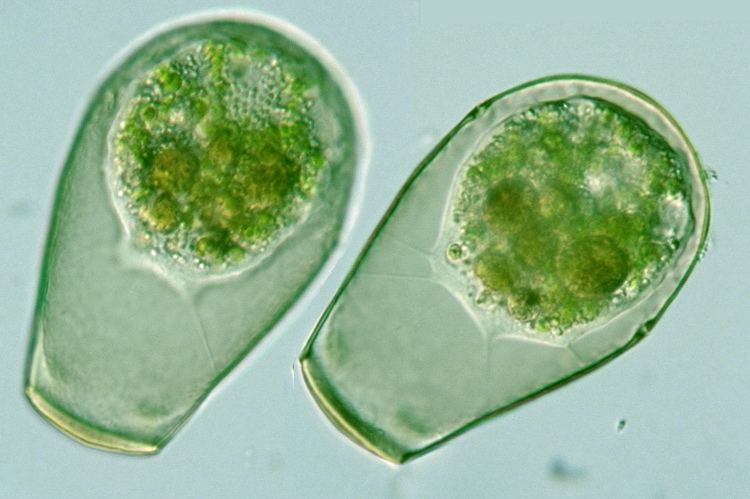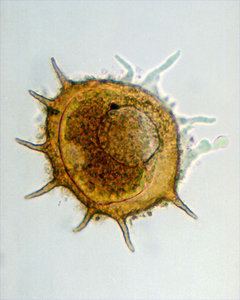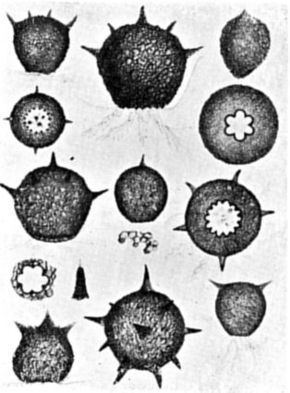Domain Eukaryota Higher classification Lobosea | Scientific name Arcellinida Rank Order | |
 | ||
Lower classifications | ||
Freshwater shelled amoeba arcellinida difflugia april 2013
Arcellinid testate amoebae or Arcellinida, Arcellacean or lobose testate amoebae are single-celled protists partially enclosed in a simple test (shell).
Contents
- Freshwater shelled amoeba arcellinida difflugia april 2013
- Testate amoeba arcellinida
- Test or shell
- Evolutionary history
- Classification
- References
Arcellinid testate amoebae are commonly found in soils, leaf litter, peat bogs and near/in fresh water. They use their pseudopodia (false feet), a temporary cell extension, for moving and taking in food. Like most amoebae, they are generally believed to reproduce asexually via binary fission. However a recent review suggests that sexual recombination may be the rule rather than the exception in amoeboid protists in general, including the Arcellinid testate amoebae.
Testate amoeba arcellinida
Test or shell

Simple tests (or shells) are made by either secretion (autogenous tests) or by the agglutination of foreign material (xenogenous tests), or sometimes a combination of both. Past environmental changes can be determined by analysing the composition of fossil tests, including the reconstruction of past climate change.
Evolutionary history
Fossils of arcellinid testate amoebae date back to the Cryogenian period.

Testate amoebae are theorized to be mostly polyphyletic (coming from more than one ancestral type), but testaceafilosea, one group of testate amoebae, are theorized to be made up of one ancestral type (monophyletic). Ancient tests of terrestrial fauna are commonly found in fossilized amber, although an important new study has found mid-Cretaceous testate amoeba (i.e., Diffligia, Cucurbitella) in ancient lake sediments. It is likely that the group has evolved minimally over the course of the Phanerozoic.
Classification

The group contains the following taxa (NB this list needs to be updated based on Adl et al. 2012),:
